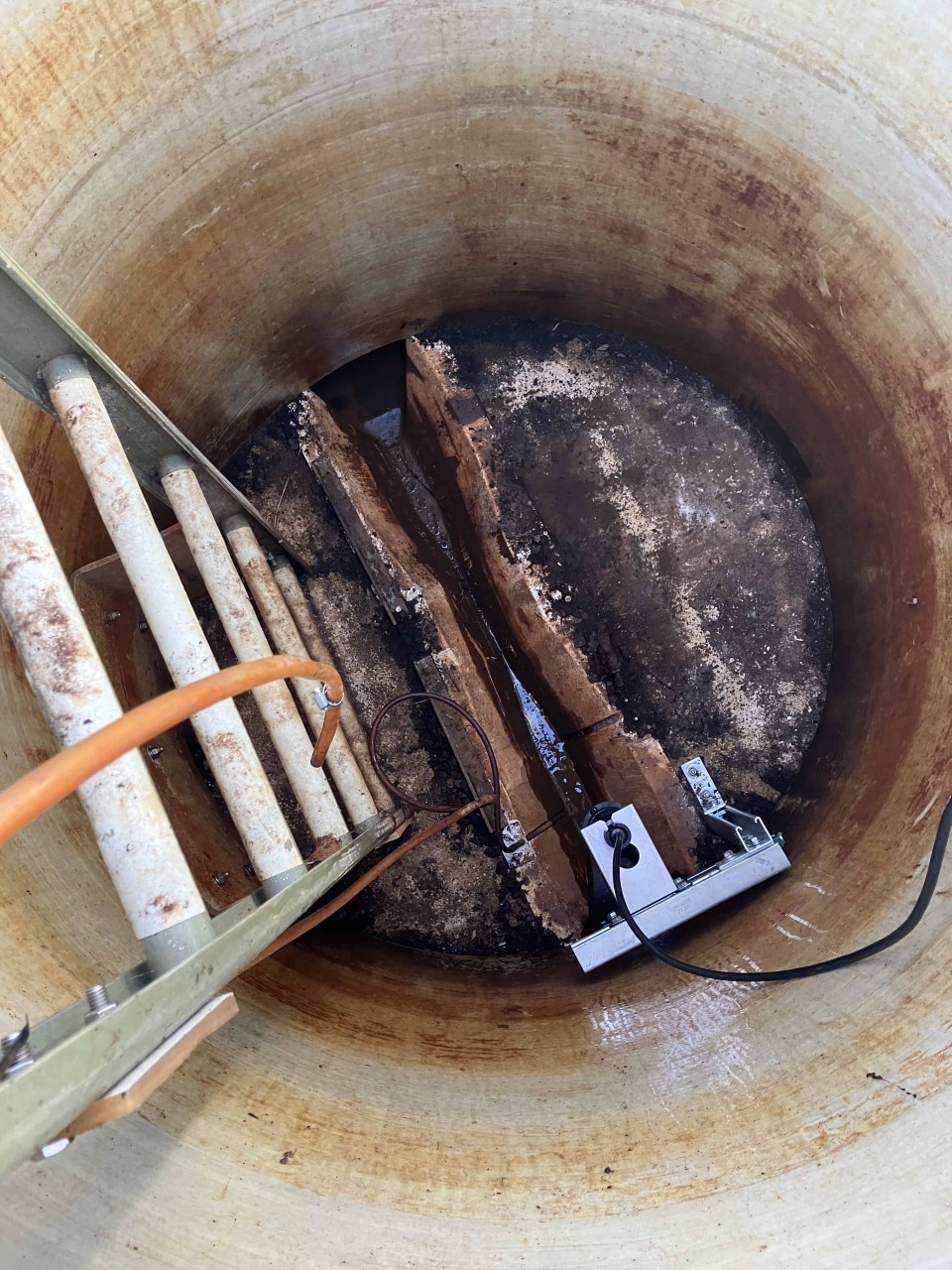Proposed EPA regulations to address PFAS in landfills
A municipal solid waste landfill (MSWLF) is a dedicated land area or excavated site that receives nonhazardous solid waste from households and industries. An MSWLF may also receive nonhazardous sludge and conditionally exempt small quantity generator waste.
These landfills safely isolate waste from the environment with clay and geotextile liners to prevent groundwater contamination through leachate collection. Leachate is formed when rainwater filters through the waste in a landfill. As the liquid comes in contact with the buried wastes, it leaches or draws out chemicals.
Under the Resource Conservation and Recovery Act (RCRA) regulations, landfill operators should collect the leachate. Landfill operators collect and discharge wastewater to surface water or publicly owned treatment works (POTWs). As per- and polyfluorinated alkyl substance (PFAS) compounds are widely present in manufacturing, commercial and consumer products, municipal landfills have received PFAS-laden waste for decades. This, in turn, contaminates the leachate with effluents that end up in nearby surface water and drinking water supplies.
The U.S. Environmental Protection Agency (EPA) announced plans for new effluent limitation guidelines and pretreatment standards for leachate because of PFAS in landfills. It is important to stay updated on these effluent limits and leachate treatment guidelines to avoid penalties and protect the environment and groundwater from PFAS.
How the EPA aims to address PFAS in landfills
The EPA has not approved a standardized sampling method for landfill leachate, making it hard to replicate studies for risk analysis. Also, studies have shown that landfill leachates may contain Perfluoroalkyl acid (PFAA) precursors that are converted into PFAAs. Conventional treatment processes may risk converting these precursors into more toxic and persistent PFAAs, thereby increasing the concentration of PFAS in treated leachate than in its raw state.
Landfills do not generate PFAS on their own but receive PFAS-containing waste that compromises the health and safety of an estimated 13.2 million people who live within a mile of a landfill in the U.S. The EPA considers PFAS in landfill leachate as a 'challenging matrix,' highlighting the ongoing research and proposed regulations on sampling, effluent limits and remediation technologies. The following table highlights key EPA actions to address PFAS in landfills.
Plan 15 is considered a potentially significant development to address PFAS in landfills. It is unclear when the proposed rules will take effect or how they might affect regular landfill operations. Municipal leaders await further EPA actions on PFAS in wastewater and certain drinking water standards that could affect operations.
Partnering with a team of environmental professionals can help community leaders take the required actions to address PFAS in landfills.
Partner with environmental professionals to address PFAS in your community
At Fehr Graham, we are an experienced team of professionals committed to helping municipal leaders protect residents and the environment from the adverse effects of PFAS compounds. Whether you are updating your community on the latest PFAS regulations or securing funds for system upgrades, we are here to help you navigate every stage of the process. With our end-to-end assistance in water and wastewater engineering, we ensure projects comply with all proposed standards for PFAS chemicals in soil and water.
To learn more about how Fehr Graham can help limit PFAS in landfills in your community, contact us or call 608.329.6400.
 |
Jennifer Buholzer, PE, is a Project Engineer who works on everything from water and wastewater projects to transportation and park projects. She develops relationships with our clients to help them find the most affordable and sustainable solutions. Jen is knowledgeable, results-driven and enthusiastic, offering trainings and webinars and serving as a conference speaker at dozens of events annually. Reach her at |
Collaborative, Insightful, Results-Driven Solutions
Fehr Graham provides innovative engineering and environmental solutions to help improve the lives and communities of our customers.

